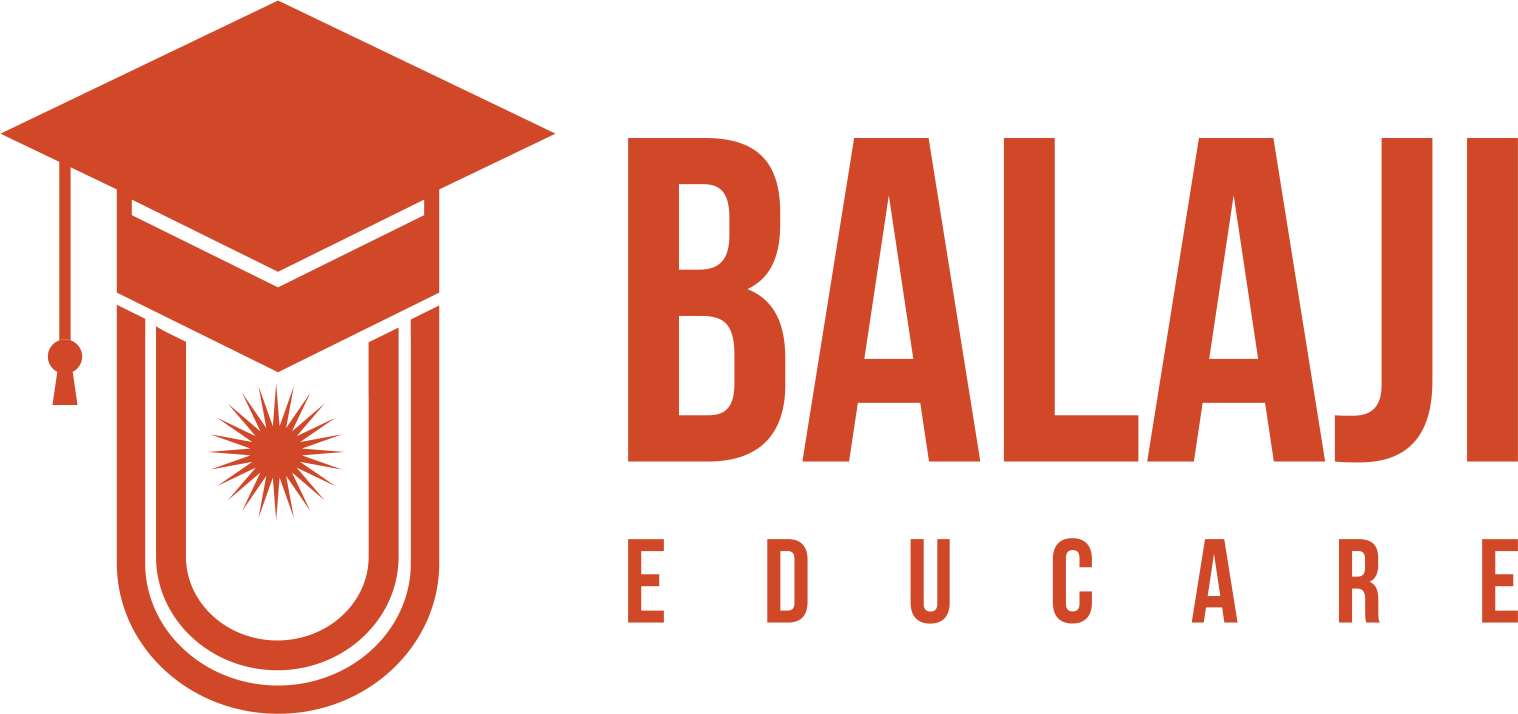Becoming a CPA in the U.S.A.: A Roadmap for Success
Becoming a CPA in the U.S.A. is a prestigious and rewarding career path that opens doors to a variety of financial, auditing, and advisory roles. However, the journey to earning the CPA designation in the US involves meeting stringent educational, exam, and licensing requirements. This guide offers a comprehensive roadmap for aspiring CPAs, from eligibility to licensure, along with tips for success.
Why Choose the CPA Certification?
The CPA in the U.S.A. is the highest standard of competence in the field of accounting. It is recognized across industries, offering higher salaries, job security, and greater professional credibility. Whether your goal is to work in public accounting, corporate finance, or government, being a CPA enhances your employability and career prospects.
Step 1: Meet the Educational Requirements
To sit for the CPA exam, you must first meet the educational requirements set by the state board of accountancy in the state where you plan to be licensed. While specific criteria vary, most states require
- A bachelor’s degree or higher from an accredited institution
- At least 150 semester hours of college coursework (more than a typical 4-year degree)
- A set number of accounting and business-related courses.
- Many candidates choose to pursue a master’s in accounting or an MBA with a concentration in accounting to fulfill the 150-hour requirement.
Step 2: Apply for the CPA Exam
Once you’ve met the educational qualifications, the next step is to apply for the Uniform CPA Examination through your state board or its designated CPA exam services provider (NASBA).
Application Steps:
- Submit official transcripts
- Pay applicable fees
- Receive your Notice to Schedule (NTS) once your application is approved
The CPA exam is uniform across all states and consists of four sections:
- Auditing and Attestation (AUD)
- Business Environment and Concepts (BEC) (being replaced or integrated in CPA Evolution)
- Financial Accounting and Reporting (FAR)
- Regulation (REG)
Step 3: Pass All Four CPA Exam Sections
Each CPA exam section is four hours long and includes a mix of multiple-choice questions, task-based simulations, and written communication tasks. To pass each section, a score of 75 out of 99 is required.
You must pass all four sections within an 18-month rolling window from the date you pass the first section.
Tips for Exam Success:
- Use reputable CPA review courses
- Create a realistic study schedule
- Take mock exams to simulate test conditions
- Focus on understanding concepts, not just memorizing facts
Step 4: Gain Required Work Experience
To become fully licensed, most states require candidates to complete 1 to 2 years of relevant work experience under the supervision of a licensed CPA. The nature of acceptable experience can vary but typically includes roles in:
- Public accounting firms
- Corporate finance or internal auditing
- Government or non-profit accounting
- Document your experience thoroughly, as your supervisor may need to verify it during the license application.
Step 5: Pass the Ethics Exam (If Required)
Several states, including California and Texas, require candidates to pass an ethics exam in addition to the CPA exam. This exam is typically administered by the AICPA (American Institute of Certified Public Accountants) and is open-book. It assesses your understanding of the AICPA Code of Professional Conduct and how to apply ethical reasoning in real-world scenarios.
Step 6: Apply for CPA Licensure
Once you’ve met all requirements—education, exam, experience, and ethics—you can apply for your CPA license through your state board of accountancy.
Be prepared:
- Submit documentation of your education and work experience
- Pay licensing fees
- Complete any additional state-specific requirements, such as background checks or residency criteria
After approval, you’ll officially hold the CPA designation and can begin practicing as a licensed accountant.

Maintaining Your CPA License after the CPA Exam:
Becoming a CPA in the U.S.A. is not a one-time achievement. Most states require ongoing Continuing Professional Education (CPE) to maintain your license. This typically involves completing 40 hours of CPE per year in approved accounting, auditing, taxation, and ethics subjects.
Failure to comply can result in penalties or suspension of your license.
Conclusion: Your Roadmap to CPA Success
The path to becoming a CPA in the U.S.A. is rigorous, but with commitment, strategic planning, and the right resources, it is entirely achievable. The CPA designation offers a significant return on investment—boosting your credibility, career opportunities, and long-term earnings potential.
Start by understanding your state’s specific requirements, create a plan that aligns with your goals, and stay focused on each milestone. Your journey to becoming a CPA is not just a professional qualification—it’s a launchpad for a successful and fulfilling career.
For more information about CPA examination and certification, read the article:
https://balajieducare.in/article_posts/cpa-exam-u-s-process/
And for more information, do visit https://balajieducare.in/

